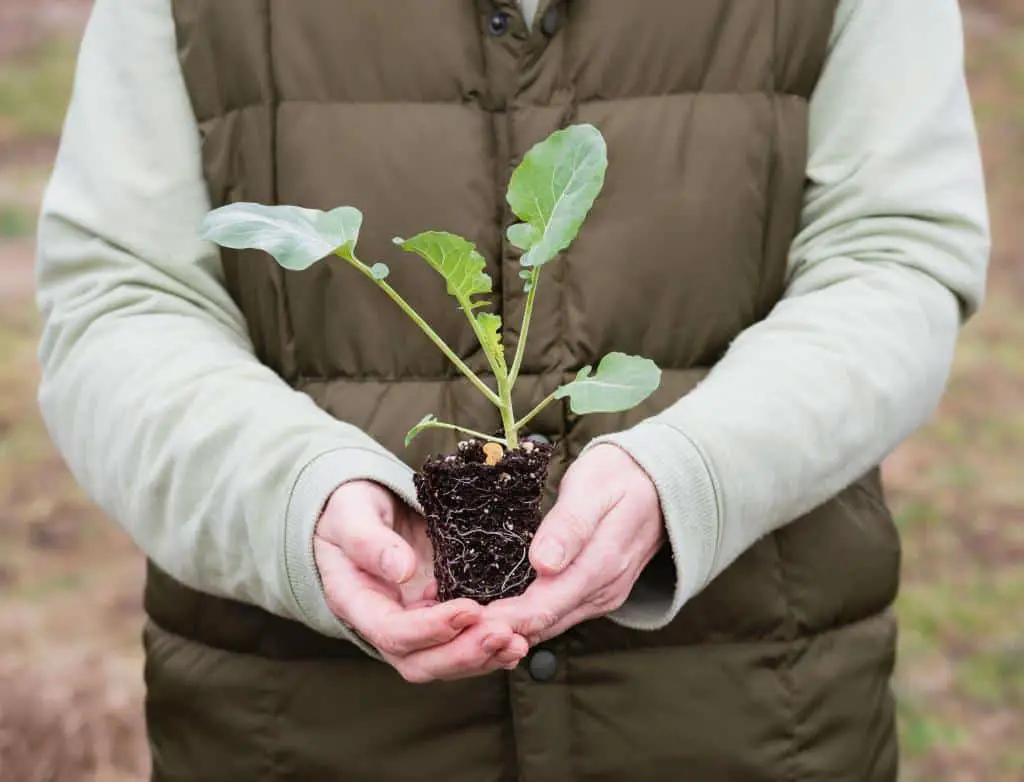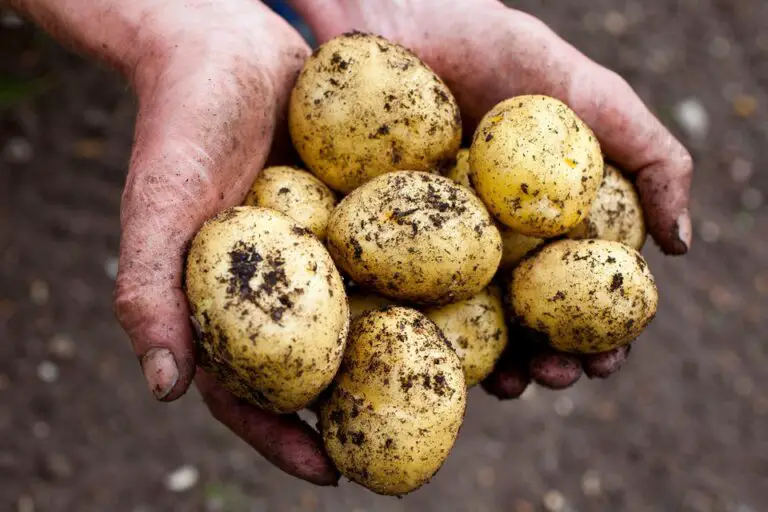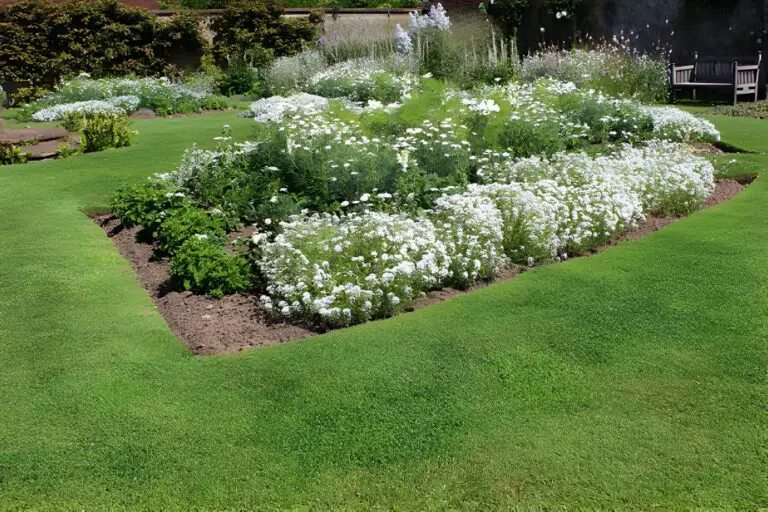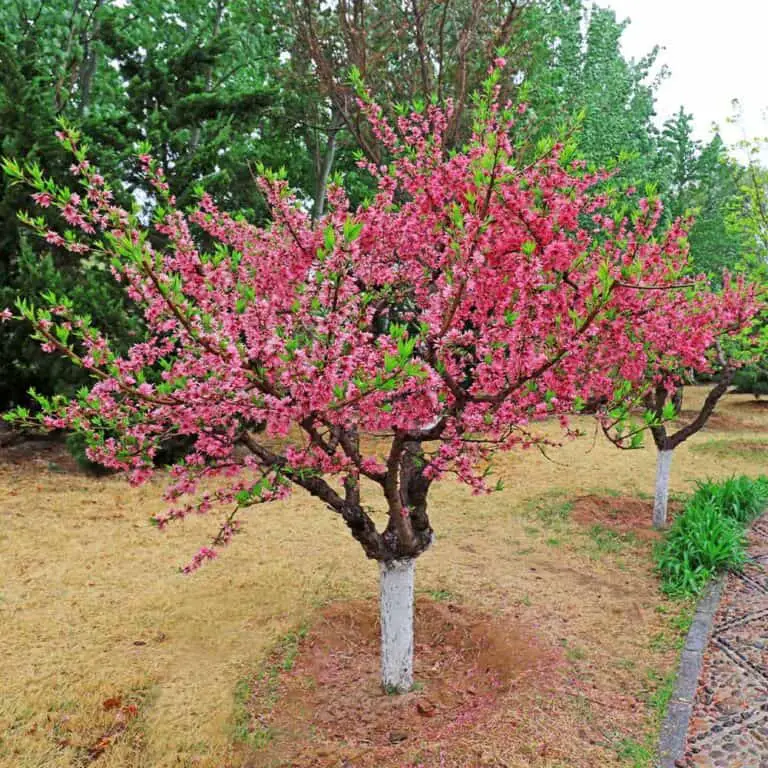When to Transplant Broccoli Seedlings: How Tall is Needed?

Are you eagerly awaiting the perfect time to transplant your broccoli seedlings? Well, you’ve come to the right place! Knowing when to transplant your beloved broccoli seedlings can make all the difference in their growth and overall yield. But how tall should they be before making the big move?
In this article, we’ll unravel the mystery behind the ideal height for transplanting broccoli seedlings and equip you with the knowledge to ensure a successful transplantation process. We’ll explore the intricate dance between height, leaf development, weather conditions, and soil preparation, all while maintaining a conversational and easy-to-understand tone.
So, grab your gardening gloves and get ready to dive into the world of broccoli seedlings as we uncover the secrets to their timely transplantation. By the end, you’ll be a pro at recognizing the perfect height and have the confidence to nurture robust broccoli plants that will have your neighbors green with envy.
Understanding Broccoli Seedling Growth
Before diving into the ideal height for transplanting broccoli seedlings, let’s take a moment to understand their growth cycle. Broccoli is a cool-season crop that thrives in moderate temperatures. Seedlings typically emerge from the soil within 5 to 10 days after sowing the seeds. As they grow, broccoli seedlings develop a sturdy central stem with several leaves branching out.
During the seedling stage, broccoli plants focus on developing a strong root system to support their future growth. The height of the seedlings alone is not the sole factor to consider when determining the right time for transplantation. It is essential to assess the overall health and vigor of the seedlings to make an informed decision.
Optimal Height for Transplanting Broccoli Seedlings
The ideal height for transplanting broccoli seedlings is around 4 to 6 inches (10 to 15 centimeters). At this stage, the seedlings have developed a robust root system and are better equipped to handle the stress of transplanting. Additionally, they are still young enough to adapt quickly to their new environment.
Transplanting seedlings that are too small may result in stunted growth, as they may struggle to establish themselves in the garden soil. On the other hand, delaying the transplanting process with overly tall seedlings can lead to rootbound plants, where the roots become tangled and restricted within the container, negatively affecting their growth potential.
The Dangers of Transplanting Broccoli Seedlings Too Early

Transplanting broccoli seedlings too early can pose several risks and have negative effects on their growth and overall plant health. When seedlings are not given enough time to develop and strengthen their root systems, they become more susceptible to transplant shock. Transplant shock occurs when the delicate roots are disturbed during the transplantation process, leading to stress and potential damage to the plant.
Immature seedlings lack the necessary resilience and vigor to withstand the transplantation process successfully. Their root systems may not be adequately established, making it difficult for them to absorb nutrients and water effectively in their new environment. This can result in stunted growth and reduced vitality, ultimately affecting the overall health of the plant.
Moreover, transplanting broccoli seedlings too early can expose them to harsh weather conditions, such as extreme temperatures or frost. These unfavorable environmental factors can further impede their growth and compromise their chances of survival. It’s essential to ensure that the seedlings have reached a certain height and have sturdy stems before subjecting them to the stresses of transplantation.
To avoid these dangers, wait until the seedlings have grown to the recommended height and exhibit signs of robust development. By allowing the seedlings to mature adequately, you provide them with the best chance of establishing themselves successfully in their new growing environment, promoting healthy growth and optimizing overall plant health.
Factors to Consider When Transplanting Broccoli Seedlings
While height is a good indicator for transplanting broccoli seedlings, it is essential to consider other factors alongside it. Here are a few key aspects to keep in mind:
1. Leaf Development
Besides height, pay attention to the leaf development of the broccoli seedlings. Healthy seedlings should have well-developed, dark green leaves. If the seedlings appear pale, weak, or have yellowing leaves, it may be best to delay the transplanting process until they show signs of improved vigor.
2. Weather Conditions
Consider the current and upcoming weather conditions before transplanting your broccoli seedlings. Broccoli is a cool-season crop and prefers temperatures between 60°F and 70°F (15°C and 21°C). Transplanting during excessively hot or cold weather can stress the seedlings, hampering their growth and survival rate. Aim for a period when the weather is mild and stable.
3. Soil Preparation
Prepare the garden soil before transplanting the seedlings. Broccoli plants thrive in well-draining soil rich in organic matter. Work in compost or well-rotted manure to improve the soil structure and fertility. It’s also beneficial to remove any weeds or debris that may hinder the growth of your transplanted seedlings.
4. Hardening Off
To help the broccoli seedlings adjust to the outdoor conditions gradually, practice a process called hardening off. Approximately one week before transplanting, gradually expose the seedlings to outdoor elements such as wind and direct sunlight.
Start with a few hours of exposure and gradually increase the duration each day. This process helps the seedlings toughen up and reduces the risk of transplant shock.
Read: What Do Broccoli Plants Look Like When They’re Growing
Broccoli Transplanting Tips
To ensure a successful transplanting process and optimize the growth of your broccoli seedlings, here are some additional tips to follow:
- Transplanting Technique: When transplanting broccoli seedlings, handle them gently to avoid damaging the delicate roots. Dig a hole slightly larger than the root ball of each seedling and carefully place it in the hole. Backfill the hole with soil, ensuring that the seedling is at the same depth as it was in the container or seed tray.
- Spacing: Provide adequate spacing between each broccoli seedling to allow proper air circulation and future growth. Space the seedlings approximately 18 to 24 inches (45 to 60 centimeters) apart, allowing enough room for the broccoli heads to form.
- Watering: After transplanting, water the seedlings thoroughly to settle the soil and ensure good root-to-soil contact. Maintain consistent moisture levels in the soil throughout the growing season, as broccoli plants require regular watering to thrive. However, be cautious not to overwater, as excessive moisture can lead to root rot.
- Mulching: Apply a layer of organic mulch around the base of the transplanted seedlings. Mulching helps conserve soil moisture, suppresses weed growth, and regulates soil temperature. Use materials like straw, shredded leaves, or wood chips as mulch.
- Fertilization: Broccoli plants benefit from regular fertilization. Prior to transplanting, incorporate a balanced organic fertilizer into the soil according to the package instructions. Additionally, consider side-dressing the plants with nitrogen-rich fertilizer, such as compost or fish emulsion, once every three to four weeks during the growing season.
- Pest and Disease Management: Monitor your broccoli seedlings for any signs of pests or diseases. Common pests that affect broccoli include aphids, cabbage worms, and flea beetles. If necessary, employ organic pest control methods, such as introducing beneficial insects or using insecticidal soaps. Stay vigilant and take appropriate measures to prevent the spread of diseases like clubroot or downy mildew.
- Harvesting: As your transplanted broccoli seedlings grow and mature, keep an eye on the development of the broccoli heads. Harvest the heads when they reach a suitable size and before they start to flower. Cut the main head at the base, leaving a few inches of stem attached. This encourages the growth of side shoots, allowing for multiple harvests.
Conclusion
Transplanting broccoli seedlings at the right height is crucial for their successful growth and development. Aim to transplant the seedlings when they reach a height of around 4 to 6 inches (10 to 15 centimeters), taking into account other factors like leaf development, weather conditions, soil preparation, and the hardening-off process.
By following the recommended tips and techniques, you can ensure that your broccoli seedlings have the best chance of thriving in their new garden environment. Remember to provide proper care, including watering, fertilization, pest management, and timely harvesting. With patience and attention, you’ll be rewarded with a bountiful harvest of delicious and nutritious homegrown broccoli. Happy gardening!
FAQs
Can I transplant broccoli seedlings directly from seed trays?
It is generally not recommended to transplant broccoli seedlings directly from seed trays. Broccoli seedlings need sufficient time to grow and develop a strong root system before being transplanted. Starting them in seed trays allows for better control of their early growth stages and helps establish healthier plants. Transplanting them too early can increase the risk of transplant shock and hinder their overall growth potential.
How long does it take for broccoli seedlings to reach the optimal transplant height?
The time it takes for broccoli seedlings to reach the optimal transplant height can vary depending on various factors, including the specific broccoli variety and growing conditions. On average, broccoli seedlings typically take around 4 to 6 weeks to reach a suitable height for transplantation. Regular monitoring of their growth and observing key height indicators will help determine the right time for transplanting.
What happens if I transplant broccoli seedlings too early?
Transplanting broccoli seedlings too early can lead to various negative consequences. Immature seedlings have fragile root systems that are easily disturbed during transplantation, resulting in transplant shock and increased susceptibility to stress and damage. This can stunt their growth, weaken their overall health, and potentially lead to plant failure. It is crucial to wait until the seedlings have reached the recommended height before transplanting them to ensure a successful transition and optimal growth.
Can I transplant broccoli seedlings at night?
Transplanting broccoli seedlings during the nighttime is generally not advised. Daytime is preferable for transplanting because it allows the seedlings to adjust to their new environment while benefiting from sunlight for photosynthesis. Transplanting during cooler parts of the day, such as early morning or late afternoon, can also minimize stress on the plants. If transplanting during the evening becomes necessary, ensure that the seedlings are well-watered beforehand and provide adequate protection from potential nighttime chill or frost.
What should I do if my broccoli seedlings are leggy?
If your broccoli seedlings are leggy, with elongated and weak stems, it is often an indication of insufficient light or overcrowded growing conditions. To address this issue, you can provide more direct light to the seedlings by using grow lights or placing them in a sunnier location. Additionally, thinning out overcrowded seedlings will allow the remaining plants to receive ample light and promote healthier growth. Supporting the leggy seedlings with stakes or gently burying some of the stem during transplantation can also help promote sturdier growth.
Is it possible to transplant broccoli seedlings in the winter?
Transplanting broccoli seedlings in winter can be challenging due to the cold temperatures and potential frost risks. Broccoli is a cool-season crop and prefers moderate temperatures for optimal growth. If you live in a region with mild winters, it may be possible to transplant broccoli seedlings during this time. However, it is essential to monitor weather conditions and provide adequate protection, such as using frost covers or cold frames, to shield the seedlings from freezing temperatures and ensure their survival.
How soon can I harvest broccoli after transplantation?
After transplanting broccoli seedlings, it typically takes approximately 60 to 90 days for the plants to reach maturity and be ready for harvest. However, this can vary depending on the specific broccoli variety and growing conditions. It is important to monitor the plants closely and look for signs of maturity, such as firm heads and tightly closed buds. Harvesting at the right time ensures the best flavor and texture of the broccoli florets.







